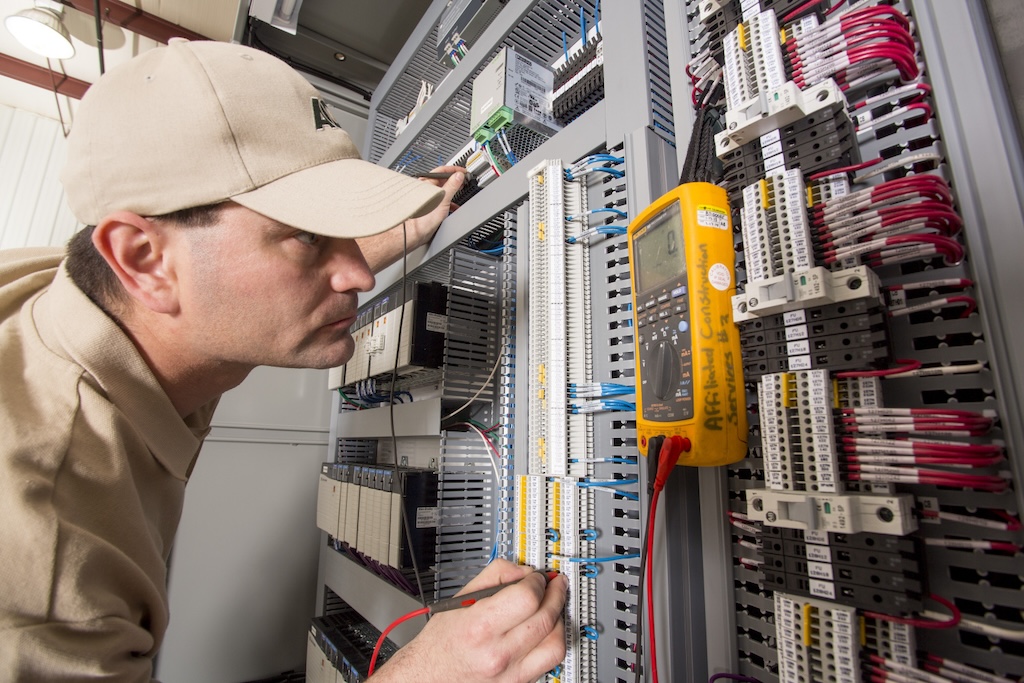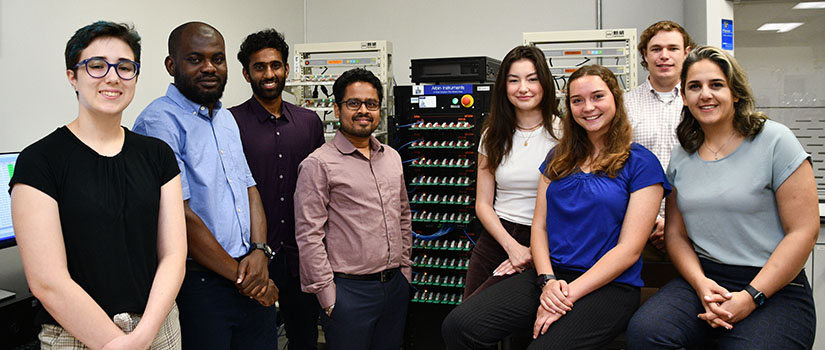The Commerce Department's preliminary report on second-quarter GDP showed the economy growing at just a 1.6% seasonally-adjusted annualized rate.
The Commerce Department’s preliminary report on second-quarter GDP showed the economy growing at just a 1.6% seasonally-adjusted annualized rate. This figure represented the slowest rate of growth in 3-yr, and followed a first-quarter gain that was estimated at a revised 5.5%.
Consumer spending held up very well in the April-June period, with the quarter’s 5.8% annualized growth rate only marginally below the exceptional 6.1% gain recorded during the first quarter of the year. Household spending on goods eased in the second quarter, but consumer spending on services actually expanded at a considerably faster rate than during the first 3 mo of the year. Residential investment (including home building and remodeling) grew at a 14.8% annualized level in April-June, almost as good as the 15.6% first-quarter growth rate, which was far ahead of last year’s 2.5% gain.
The major reasons for the sharp slowdown in second-quarter GDP growth were declining export levels and smaller gains in inventory accumulation. Exports of goods and services declined at 7.4% annualized rate during the second quarter of this year, even worse than the 2.8% contraction experienced during the January-March period. And the second-quarter change in business inventories actually subtracted $52.3 billion from the GDP total for the period, after adding $24.9 billion to first-quarter GDP.
Business investment in new equipment expanded at a strong 18.1% rate in the most recent quarter, however, showing that — for the time being at least — declining corporate profit growth isn’t having much of an impact on companies’ capital spending plans for the year. Nevertheless, the second-quarter growth rate was down from the extraordinary 34.3% annualized gain for new equipment purchases that was registered during the first 3 mo of 1998.
In all likelihood, we’ll look back at this second-quarter GDP gain of just 1.6% as being an anomalous low point in what we still believe will be a recordbreaking period of economic expansion. But, despite continued growth, we think that it’s unlikely that the Fed will find it necessary to raise interest rates between now and early next year. The major reason for this confidence: The GDP inflation measure declined by 0.2% during the first quarter of this year, and increased by a negligible 0.4% in the second quarter. Despite recent reports of a pickup in the growth rate of wages and salaries, there’s simply no evidence of inflationary pressures bubbling to the surface of the overall U.S. economy.



